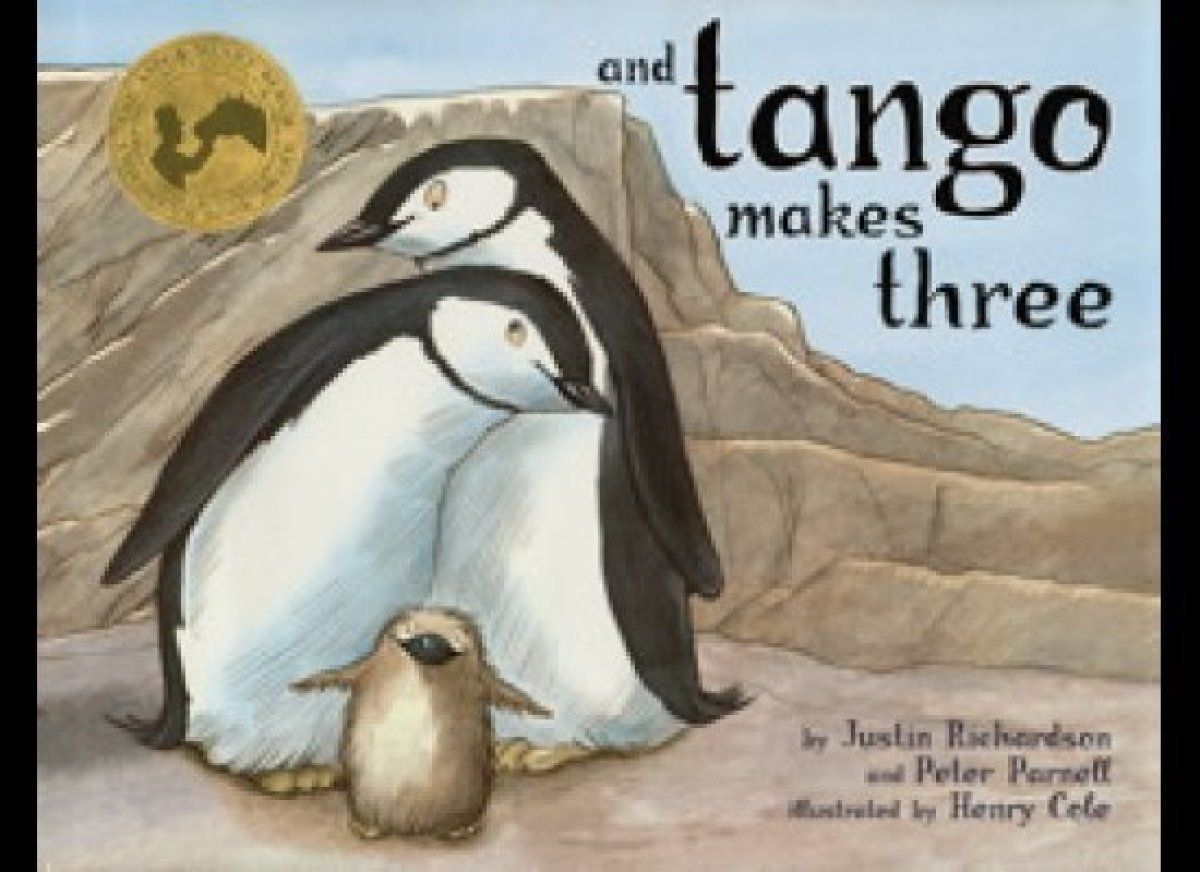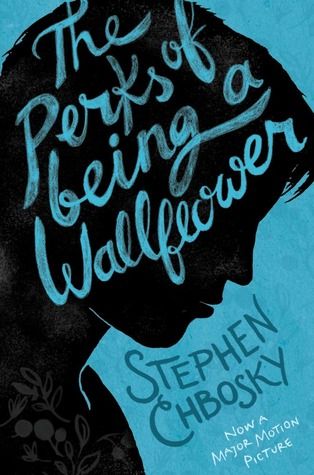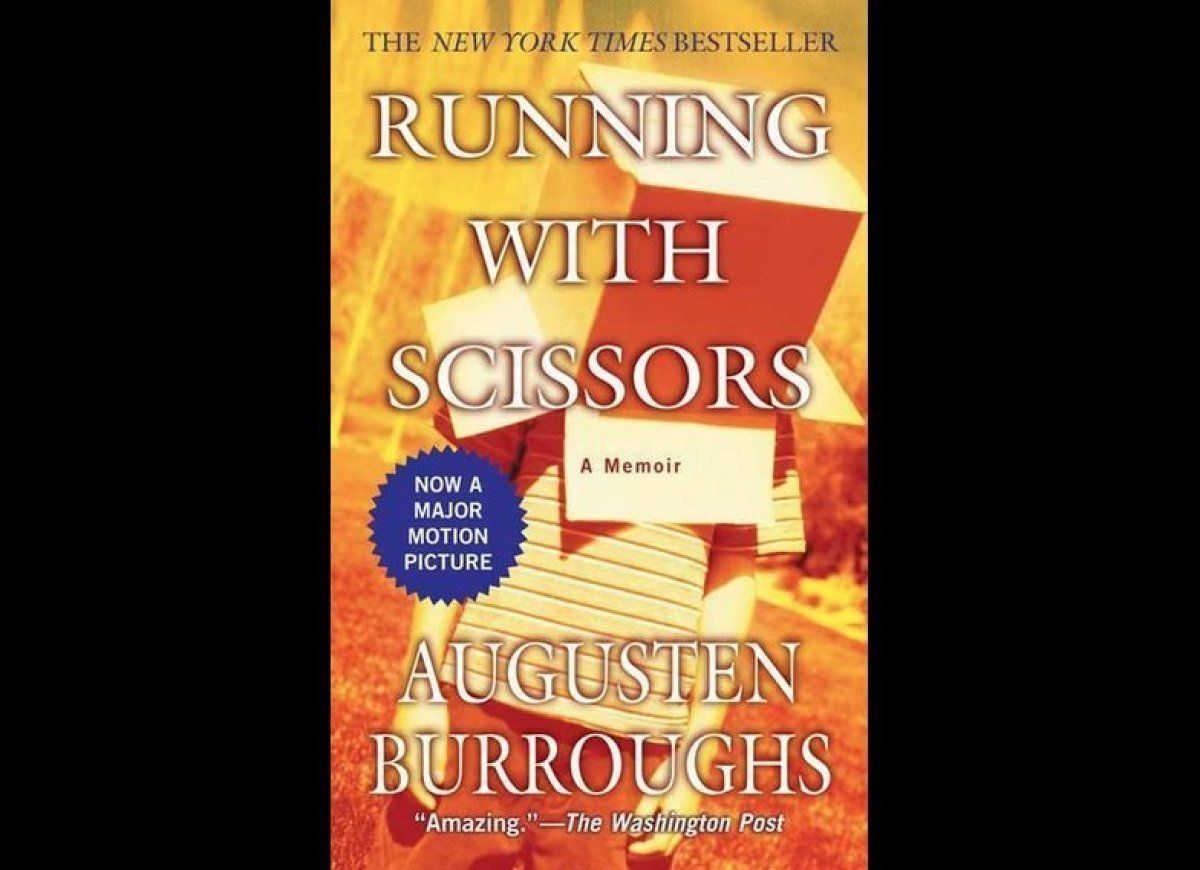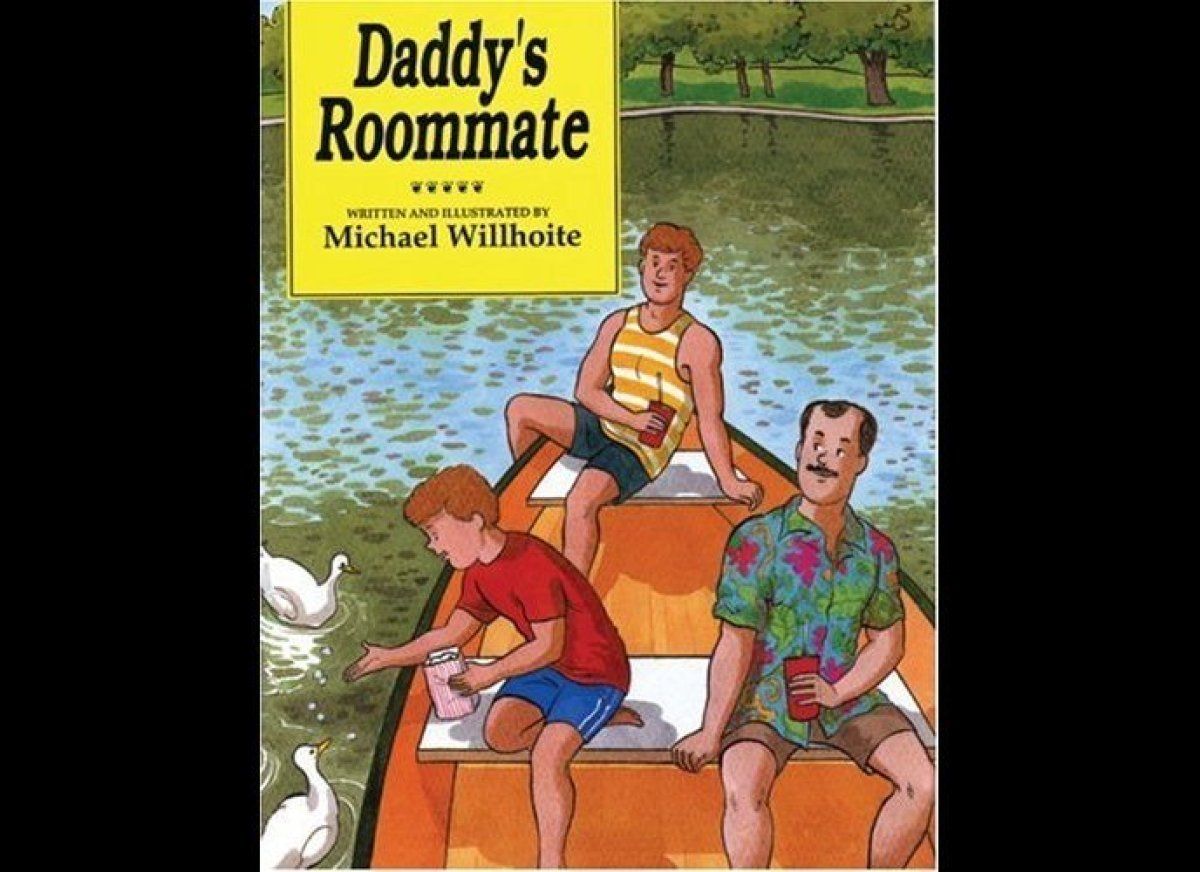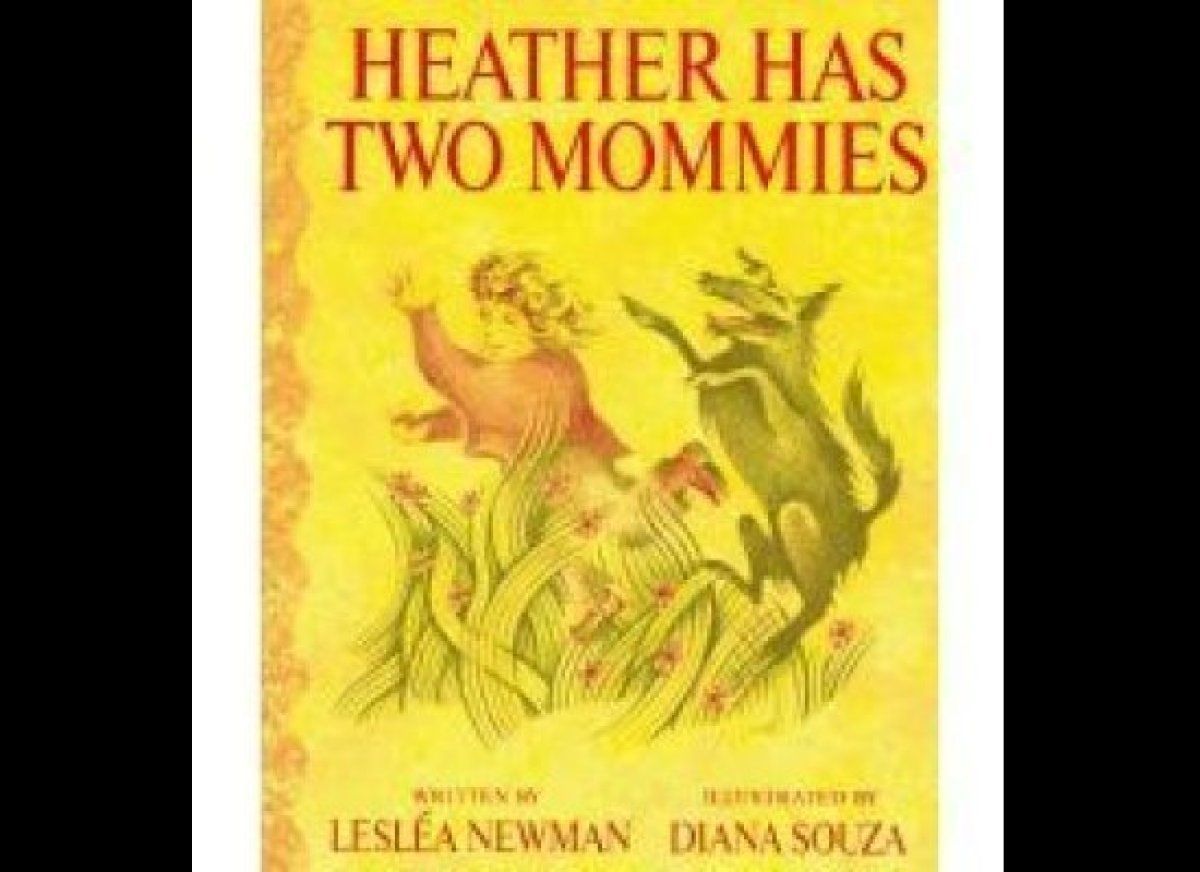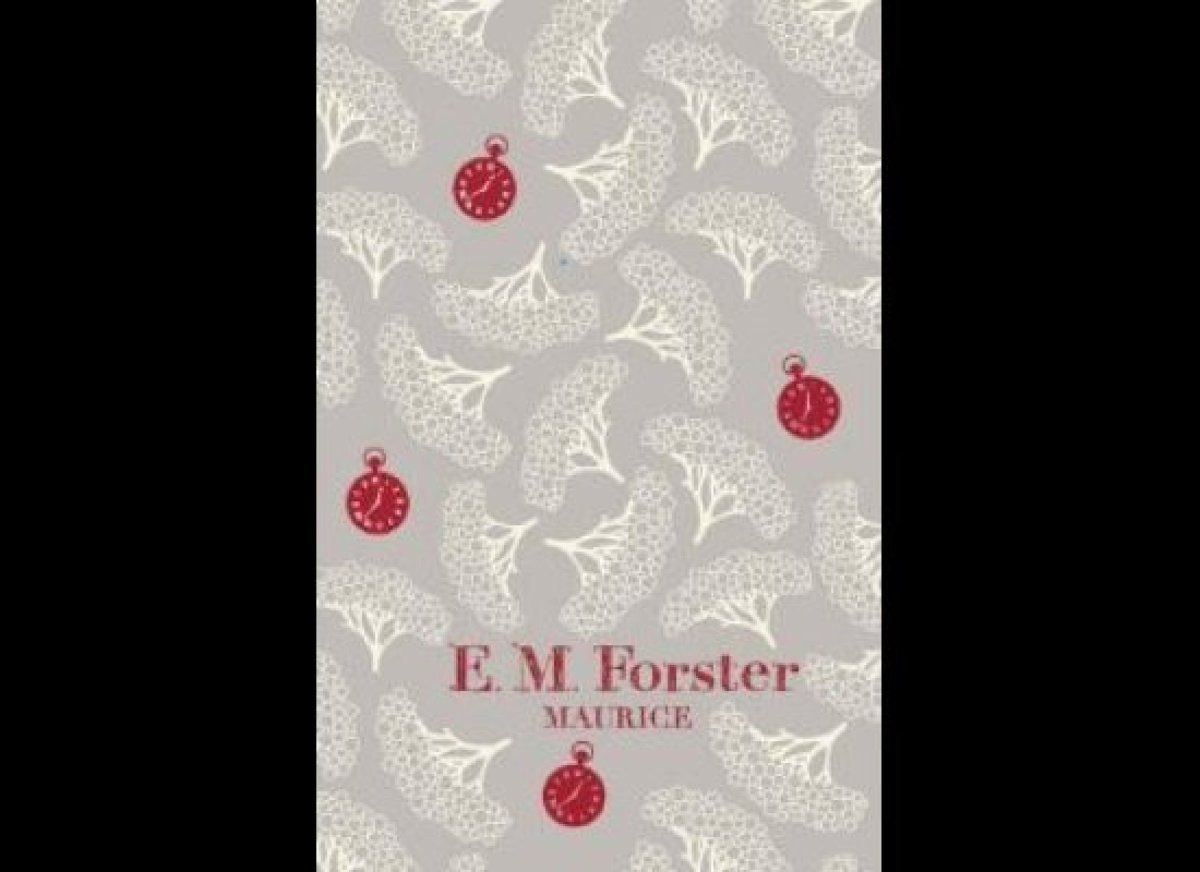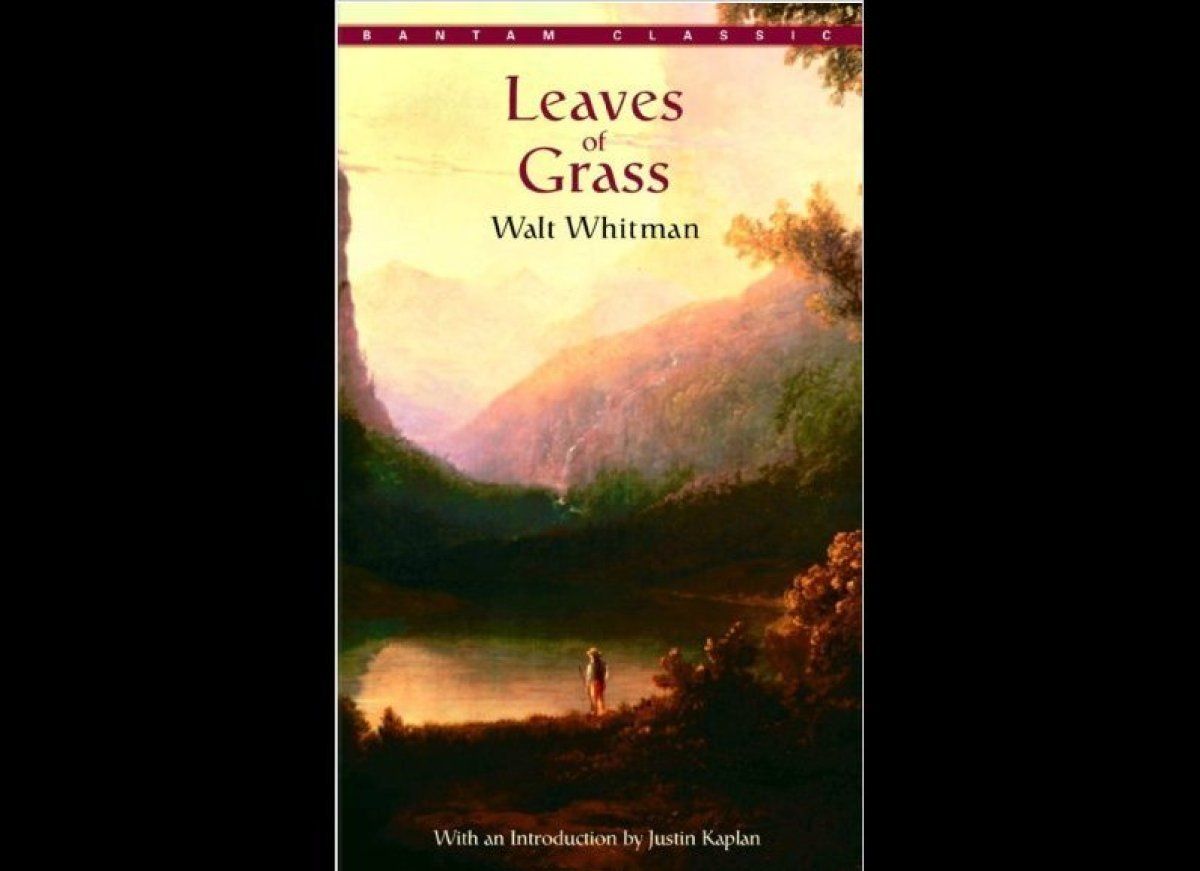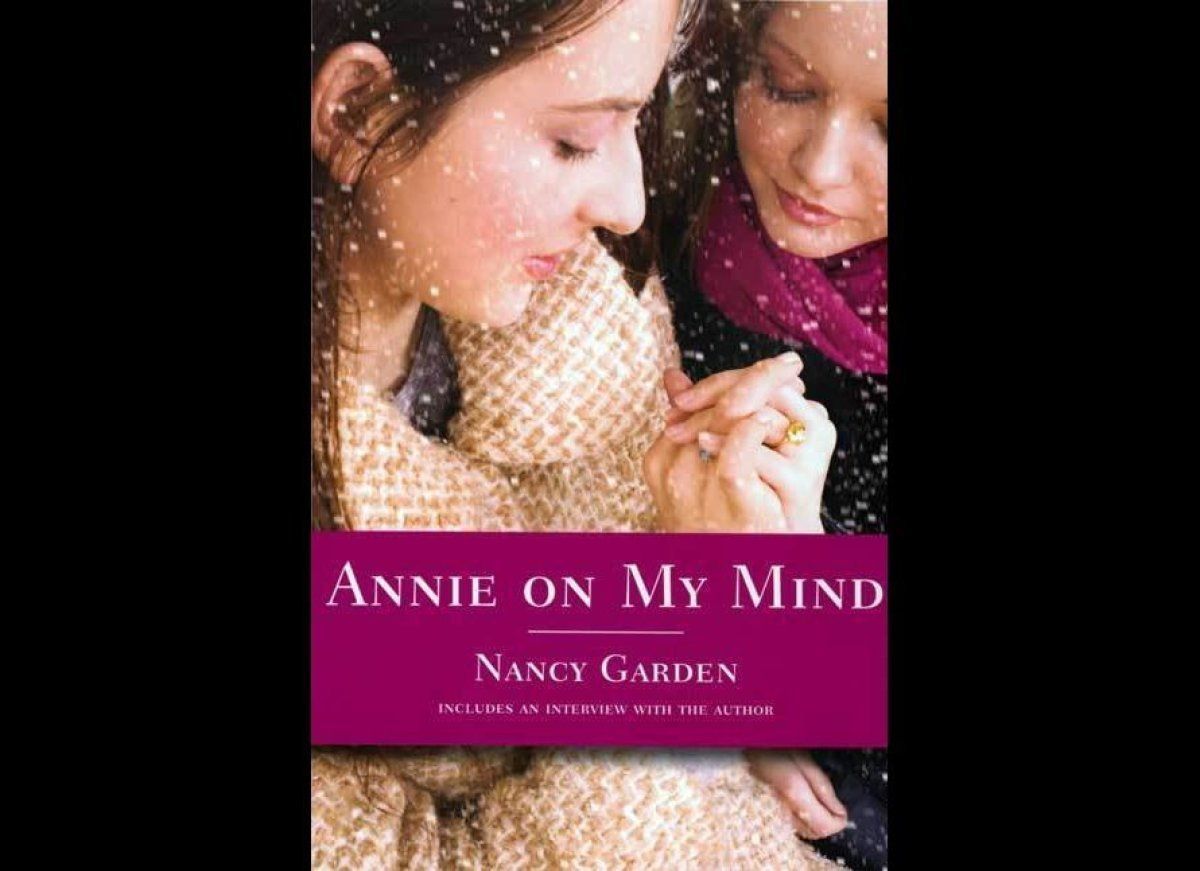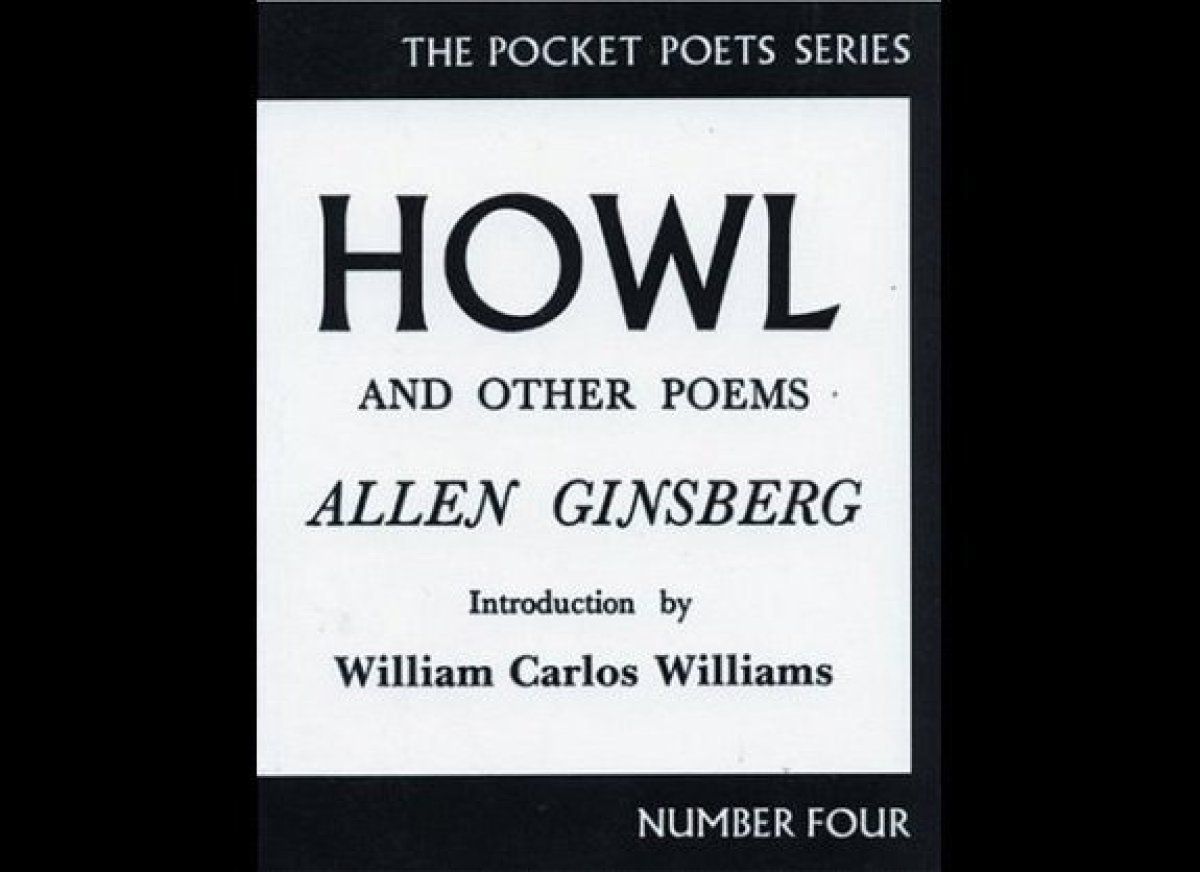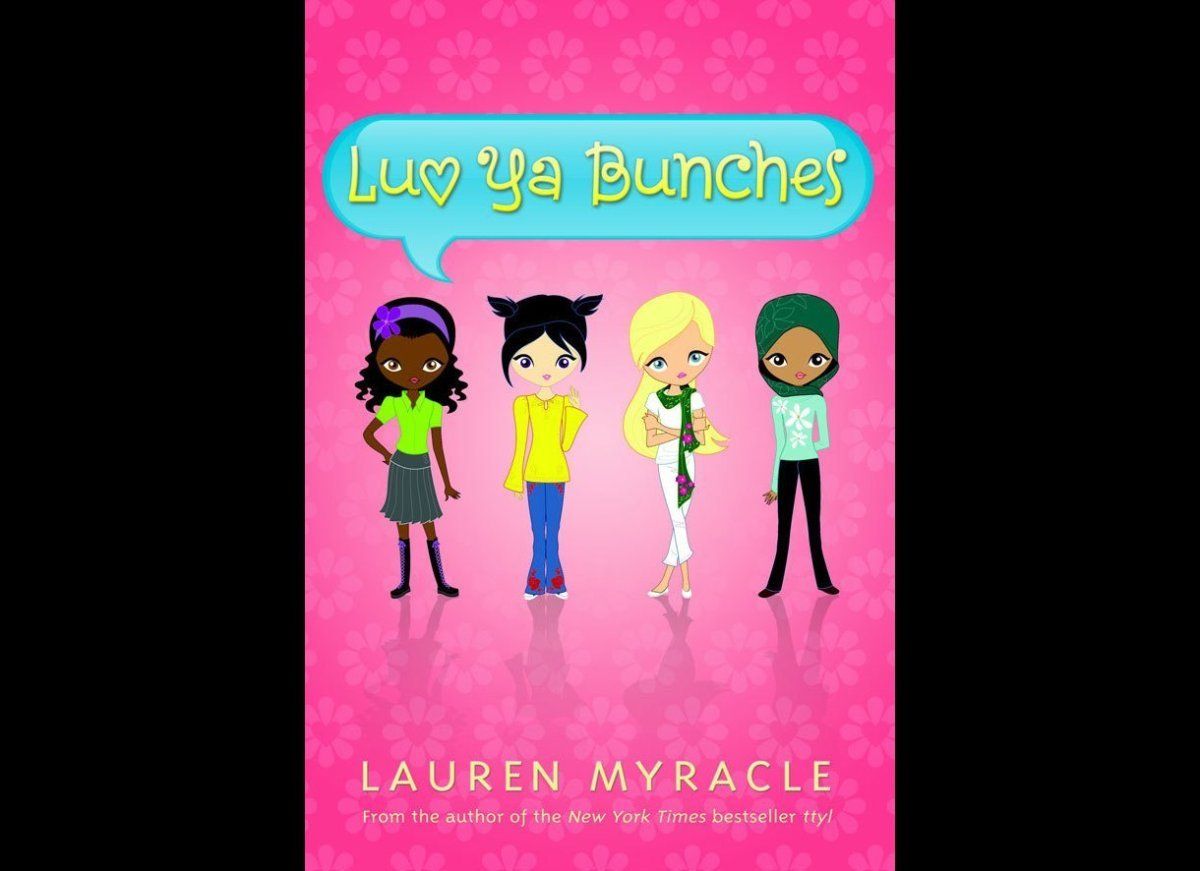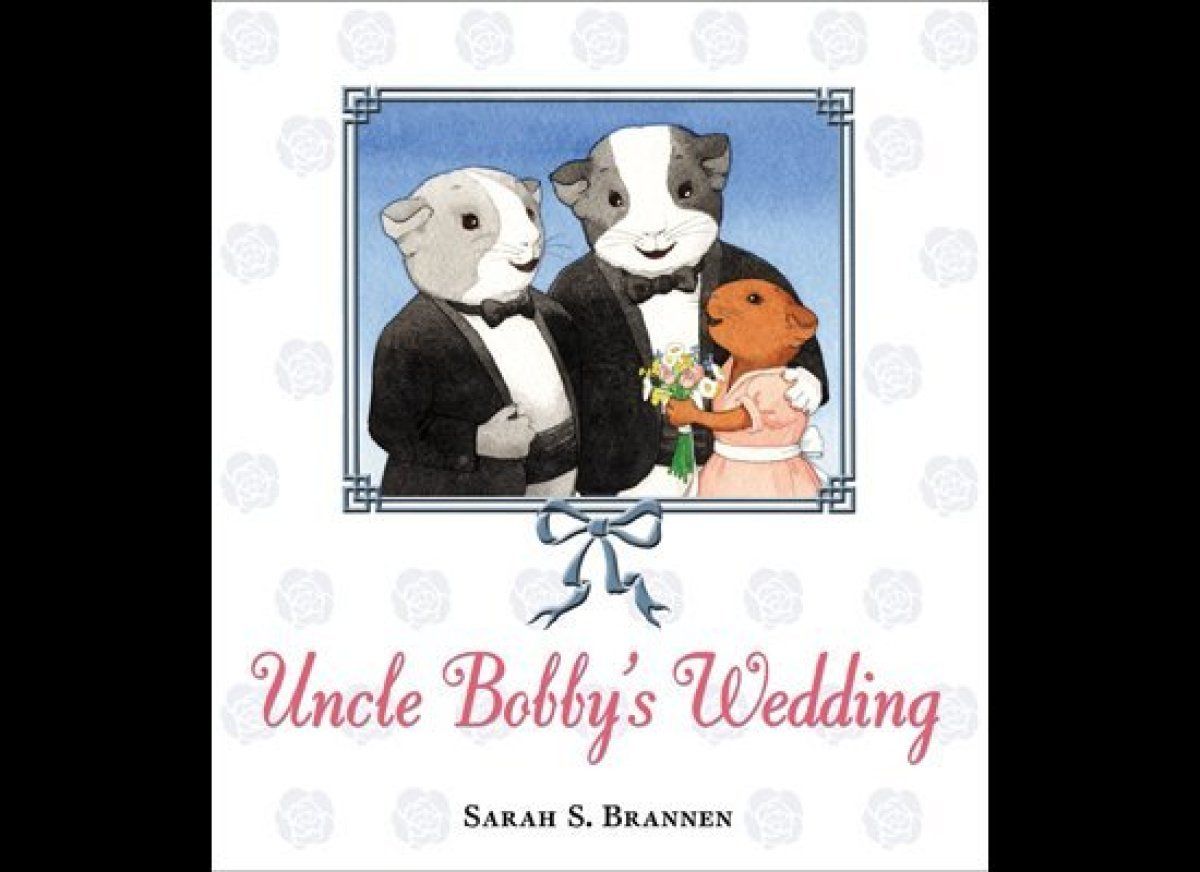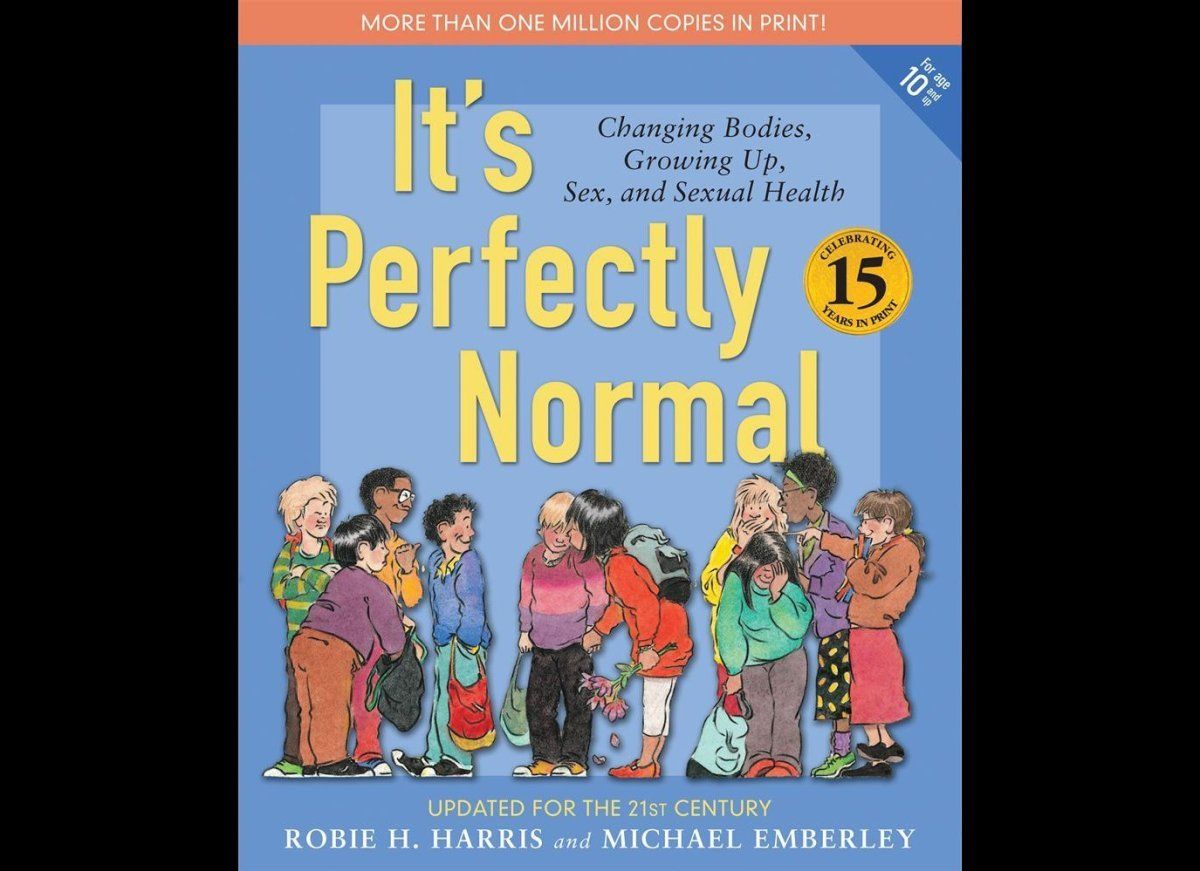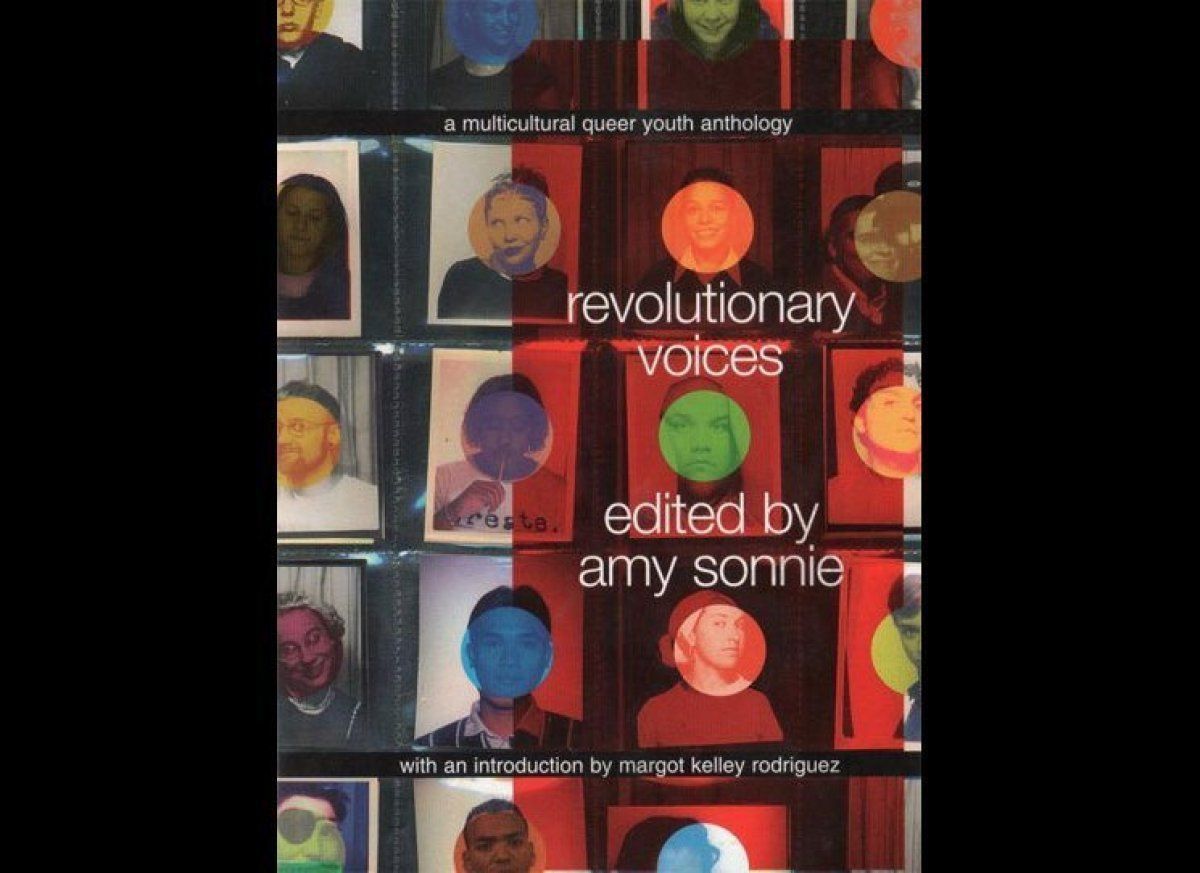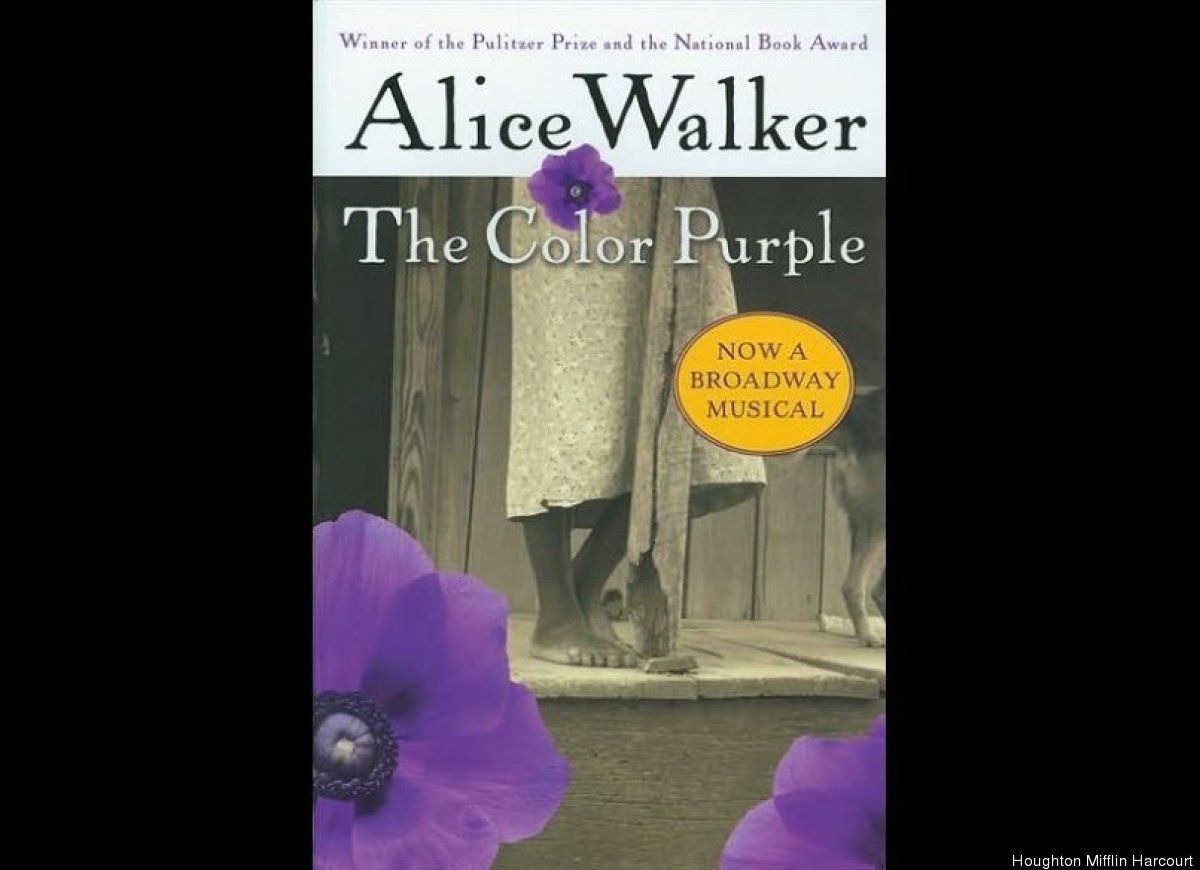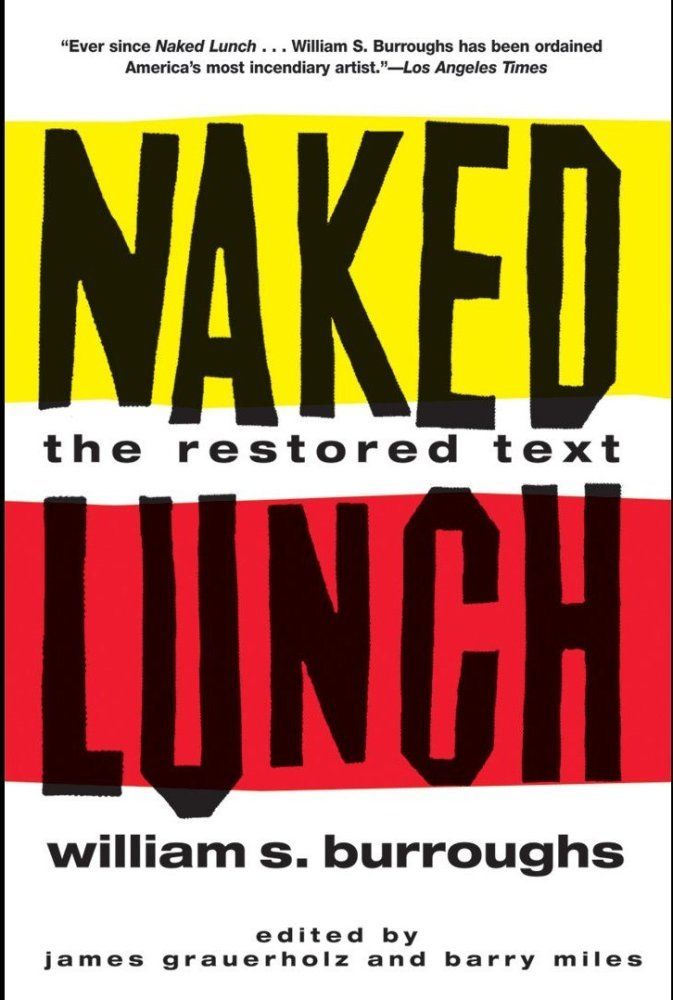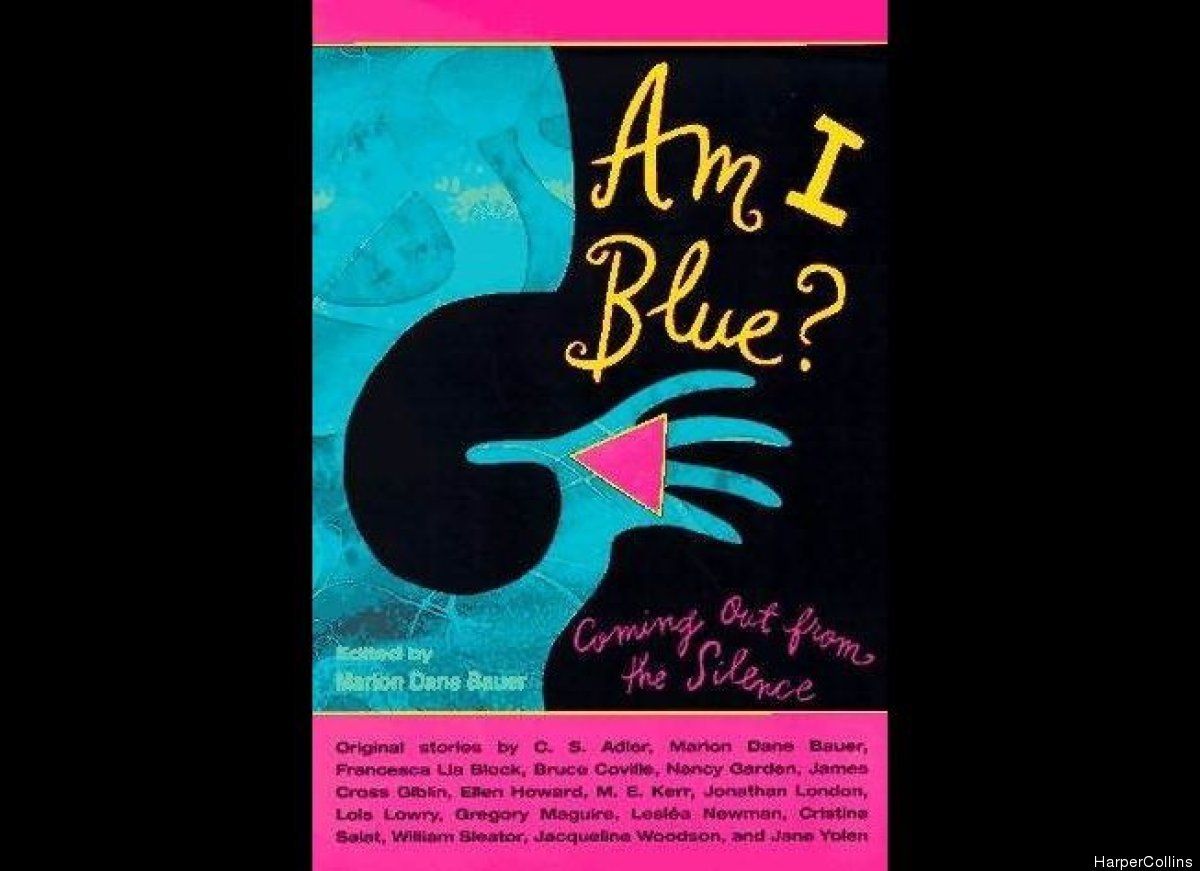
The final agreement in the Department of Justice’s settlement with HarperCollins, Hachette Book Group, and Simon & Schuster gave the publishers 30 days to begin the process of reaching new sales terms over e-books with its e-tailers. HarperCollins was the first to move, reaching deals with e-tailers that it said “are consistent with the final judgment.” The key to those terms, of course, is that e-tailers are free to set prices at whatever level they choose rather than sell e-books under prices set by publishers according to the agency model. HC said it’s up to e-tailers about when and how they want to begin discounting. Amazon began to immediately cut prices; two HC bestsellers, for example, The Fallen Angel and Solo, are now priced at $9.99 (the two titles are also priced at $9.99 on the iBookstore as of September 11). Those titles, however, were still selling at $12.59 and $14.99, respectively, on BN.com this morning.
S&S had no comment on its talks with e-tailers about new terms, saying it doesn’t discuss negotiations with its customers. Two S&S bestsellers, Paterno and Steve Jobs, were still selling at agency pricing levels this morning. It’s worth noting that on Amazon, the Kindle edition of the HC titles show the “Amazon Price,” while for S&S titles the “Amazon Price” is left blank and the price falls under the “New From” column.
HBG had not returned an e-mail about its status this morning, but a spot check of some of its top titles showed no discounting on Amazon yet.
SourceNovelists who struggled long and hard just to get their books into the shops after a string of rejections by big publishers have joined the more established literary names of Hilary Mantel and Will Self on a
Man Booker shortlist which this year celebrates "the power and depth of prose."
The six books in contention for the £50,000 prize came from what the chair of judges, Peter Stothard, called "an exhilarating year for fiction – the strongest, I would say, for more than a decade".
Mantel's Bring Up the Bodies, a follow-up to her 2009 Booker-winning Wolf Hall, is now one bookmaker's favourite to take a prize that would make her the first British novelist to win more than once. Judges had compared it to her first instalment of the Thomas Cromwell story and "noted her even greater mastery of the method", said Stothard.
Ladbrokes made it 9/4 favourite but it is far from a shoo-in. She faces Self's widely admired novel Umbrella; books from two debut novelists in the shape of
Jeet Thayil and Alison Moore; and two novelists – Tan
Twan Eng and Deborah Levy – who have been rejected time and again by mainstream publishers.
Tan is shortlisted for his second book, The Garden of Evening Mists, a beautifully immersive story of love and guilt which takes readers on a slow journey through the brutal second world war Japanese occupation of Malaya, the post-war emergency and more recent settled times. Stothard said the book's central character, Aritomo, once Hirohito's gardener, was "one of the most memorable characters in all the 30,000 or so pages we've read this year".
Tan is published by the small Newcastle-based company Myrmidon and he recalled on Tuesday just how many times his first novel, The Gift of Rain, had been rejected.
"I was turned down by almost all the publishers in the UK. They said it was difficult to market and they didn't know what to do with it and it was Myrmidon who were brave enough to take a chance on me."
He said there was no bitterness. "I quite understand it – I'm an outsider so to break into the British publishing scene takes a lot of work and a lot of perseverance. I quite understand that when publishers are confronted with something slightly different they would balk at the extra step they might have to take to market the book."
The Gift of Rain was longlisted for the 2007 Booker and the rejections have at least led to a happy partnership. Tan, who divides his time between Kuala Lumpur and Cape Town, said there was no question of Myrmidon not publishing his second. After hearing the news, he said: "I'm screaming inside with joy, great excitement."
Levy is shortlisted for her first novel since Billy and Girl 15 years ago and she too struggled to get a publisher. The result was publication by the new subscription publisher And Other Stories, which was set up with the express purpose of getting undeservedly rejected writers out there.
She recalled the rejections in 2008. "It was widely admired and all the rest of it but the feeling was that it was too literary, not commercial enough."
It was "a really big blow", she said, but like the Tan novel it has clearly worked out well and the book is now going to a wider audience because Faber has stepped in as co-publisher.
Levy said she was "thrilled" to be shortlisted and it enabled her to thank all the bloggers, tweeters and independent bookshops who have championed her book which centres on two middle-class families sharing a French holiday villa and a stranger in their midst.
Last year's Man Booker shortlist decision was dominated by the judges' quest for "readability", and Self's novel is probably the polar opposite of that. Umbrella, the story of a victim of the sleeping sickness epidemic at the end of the first world war, is a 400-page book without paragraphs or breaks or chapter divisions. Stothard said readers who persevered would be rewarded. "This novel is both moving and brainy and we place it on the shortlist with the conviction that those who stick with it will find it much less difficult than it first seems."
The list is completed by the Indian poet Thayil's first novel, Narcopolis, set among the opium dens of 1970s Bombay; and Moore's The Lighthouse, about a man trying to find himself on a walking holiday, which continues the success of small publishers in this year's prize as it comes from the stable of Cromer-based Salt.
The judging panel this year consisted of the academic and literary critic Dinah Birch, the historian and author Amanda Foreman, the academic and writer Bharat Tandon, and the actor Dan Stevens, who has been reading furiously on the set of Downton Abbey.
The shortlist meant there was no place for books including Nicola Barker's The Yips and Michael Frayn's Skios. But they are in distinguished company. This year's prize has been notable almost as much for who has not made it as those who have – no Martin Amis, Rose Tremain, Zadie Smith, John Lanchester, Peter Carey, Ian McEwan, John Banville, Howard Jacobson or Pat Barker.
Stothard said they had made their decision by "argued literary criticism". He added: "We read and we reread. It was the power and depth of prose that settled most of the judges' debates and we found the six books most likely to last and to repay future rereading. These are very different books but they all show a huge and visible confidence in the novel's place in the renewing of our words and our ideas."
The winner will be announced on 16 October.
SourceInternet regulars know Emma Straub, an effervescent young writer and bookseller from New York who has been accused of being the nicest person on Twitter.
In her debut novel, “Laura Lamont’s Life in Pictures,” tells a classic tale of fame and family set in the Golden Age of Hollywood. Aspiring actress Elsa Pitts arrives in Los Angeles in the 1930s; she quickly goes from comely Midwestern blond to glamorous brunette. Of course the name -- Elsa Pitts -- had to go. Probably faster than the hair.
In preparing to write the book, Straub started by watching a lot of old movies. That wasn’t enough, however; like her heroine, she had to come to Los Angeles.
Straub will read from “Laura Lamont’s Life in Pictures” at 7:30 p.m. Wednesday at Skylight Books. She answered our questions about how she got to know Hollywood.
Jacket Copy: “Laura Lamont’s Life in Pictures” tells the story of a starlet in Hollywood’s gilded age. Was that always the book’s setting?Emma Straub: Absolutely -- the setting and the story were intertwined from the start. There would be no earthly way to tell Laura's story without Hollywood. There are actors everywhere, of course, but there are only Movie Stars in Hollywood.
JC: When you began writing, did you plan to come visit L.A.?ES: I'd been to L.A. maybe 20 times before, over the years, but it's such a sprawling, giant place, I knew I had to do some serious research before attempting to write about it. I was most concerned with making sure I understood the studios, and the sort of places actresses like Laura would inhabit, but I did feel like I needed a much deeper understanding of the city itself. I took a few research trips -- a couple of short ones, and then one long one, a whole month.
JC: You thank the Academy of Motion Picture Arts and Science’s Margaret Herrick Library in your acknowledgments. What it like doing research there?ES: It was dreamy. The place is quiet as a tomb, which is exactly how I like to work. The librarians are helpful, even if, like me, you walk in like a total idiot and say "I need to learn about Hollywood between 1938 and 1980." Ha! They helped me make sense of their exhaustive collection.
JC: Did you visit any specific places to get a sense of the city’s past?ES: I went to Paramount, and to Warner Brothers, and to Sony, the former MGM. I went to Union Station, and the Biltmore, and the Hollywood Bowl. I went to half a dozen movie theaters. I ate at Yamashiro. I wanted as many specific places in my head as possible. Of course, when writing fiction, all of that blurs out and becomes something new. The research only gets you so far.
JC: Were there any Laura Lamont haunts you would have liked to visit in person, but couldn’t?ES: I didn't get to as many of the old-school L.A. restaurants as I wanted to, but blame that on Gjelina and all the different kinds of avocados at the farmers' markets. I also would have liked to spend more time at the studios, but that's more for geeky fan-girl purposes.
JC: Did anything about the city surprise you?ES: As a New York City native, I was raised to look down on Los Angeles. You know, Biggie vs Tupac, etc. [Jacket Copy: Clearly Tupac is superior. Please] I think the biggest surprise for me, over the course of the last few years, is how much I really love it. My older brother is smart and has lived in L.A. since he was 18. If my husband had his druthers, we would be living somewhere near the Arclight. Or maybe living at the Arclight.
JC: Did anything you discovered here change the course of your novel?ES: There are a lot of things I discovered in L.A. that changed various aspects of it, sure. I think the whole book would have been impossible without the research I did at the Herrick. It's hard to pick out individual things -- Irving Green, my character who is based on Irving Thalberg, wasn't in the first draft. That's a big one.
JC: Are there any commonalities between a studio actress of the 1940s and a young writer today?ES: Hope? Devotion? I think both actors and writers are starry-eyed, and require a laser focus simultaneously. It's so hard to do anything creative, to really devote yourself to it fully. That's what Laura wanted to do, to work and work and work until she felt like she could make sense of her life, and the lives around her, and that's what I'm trying to do, too.
Source

